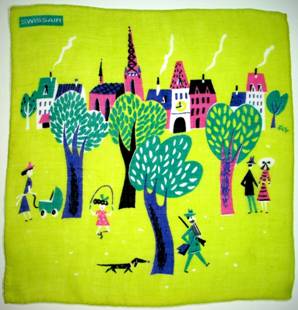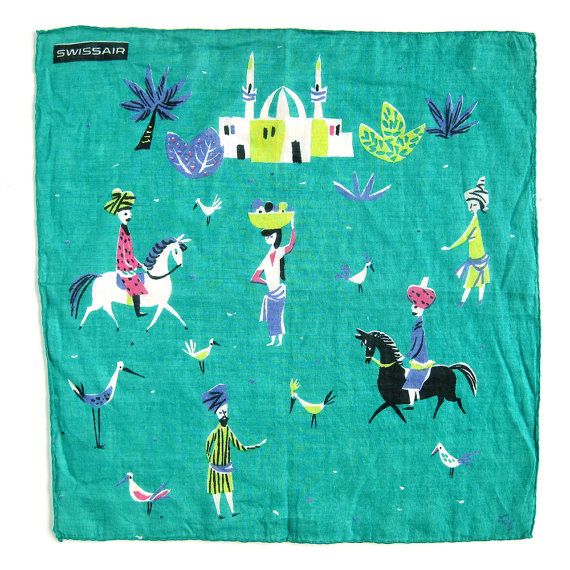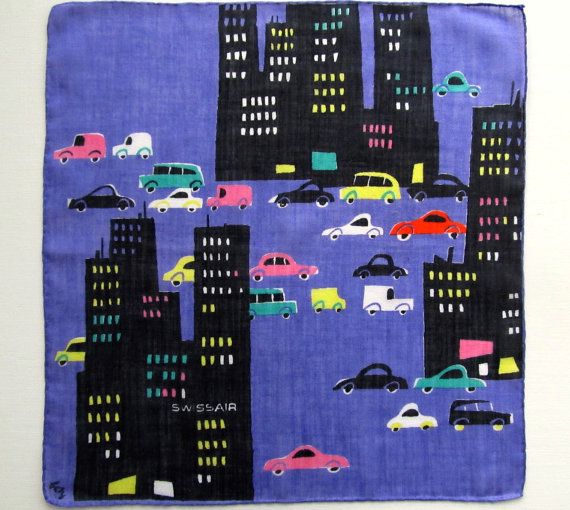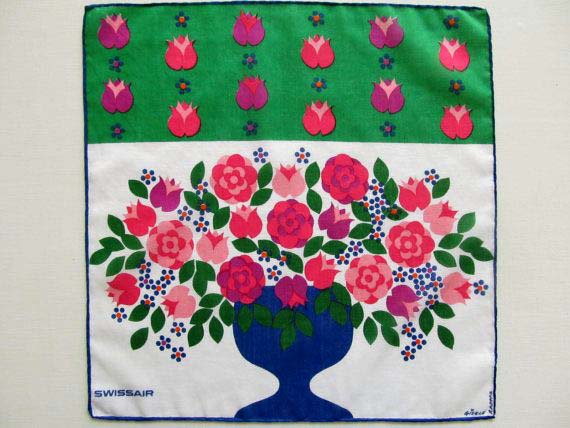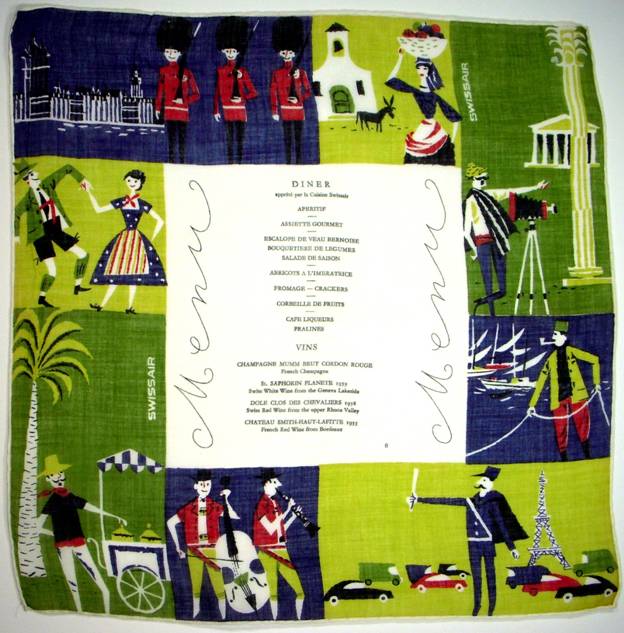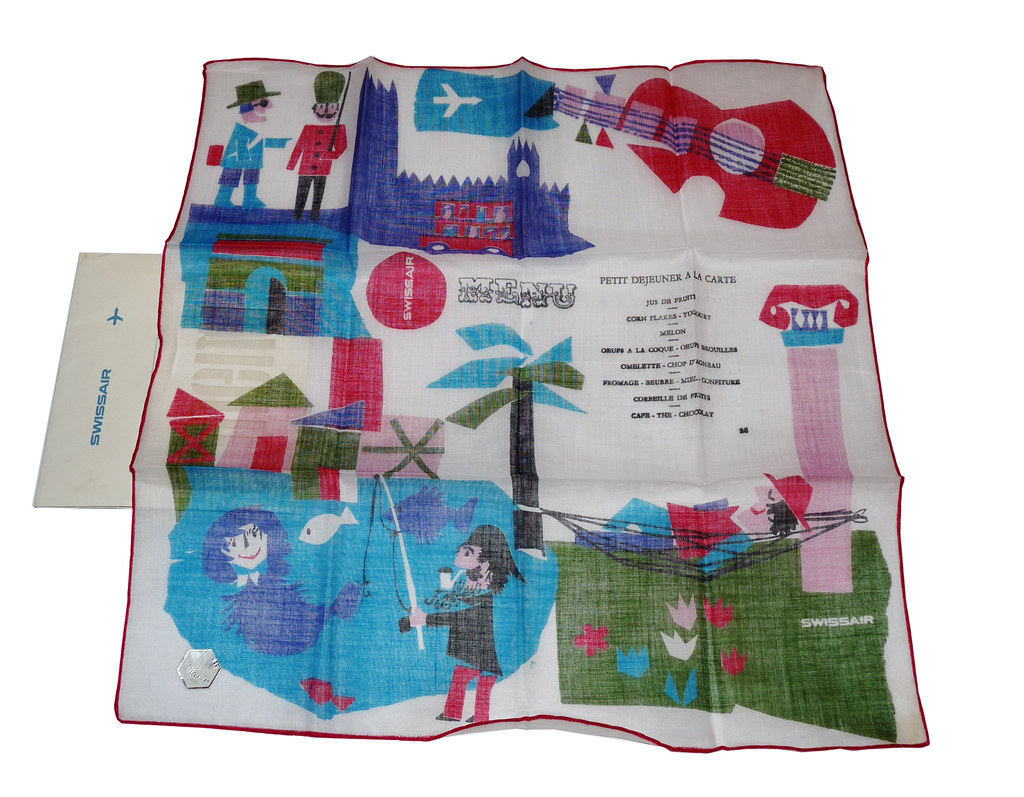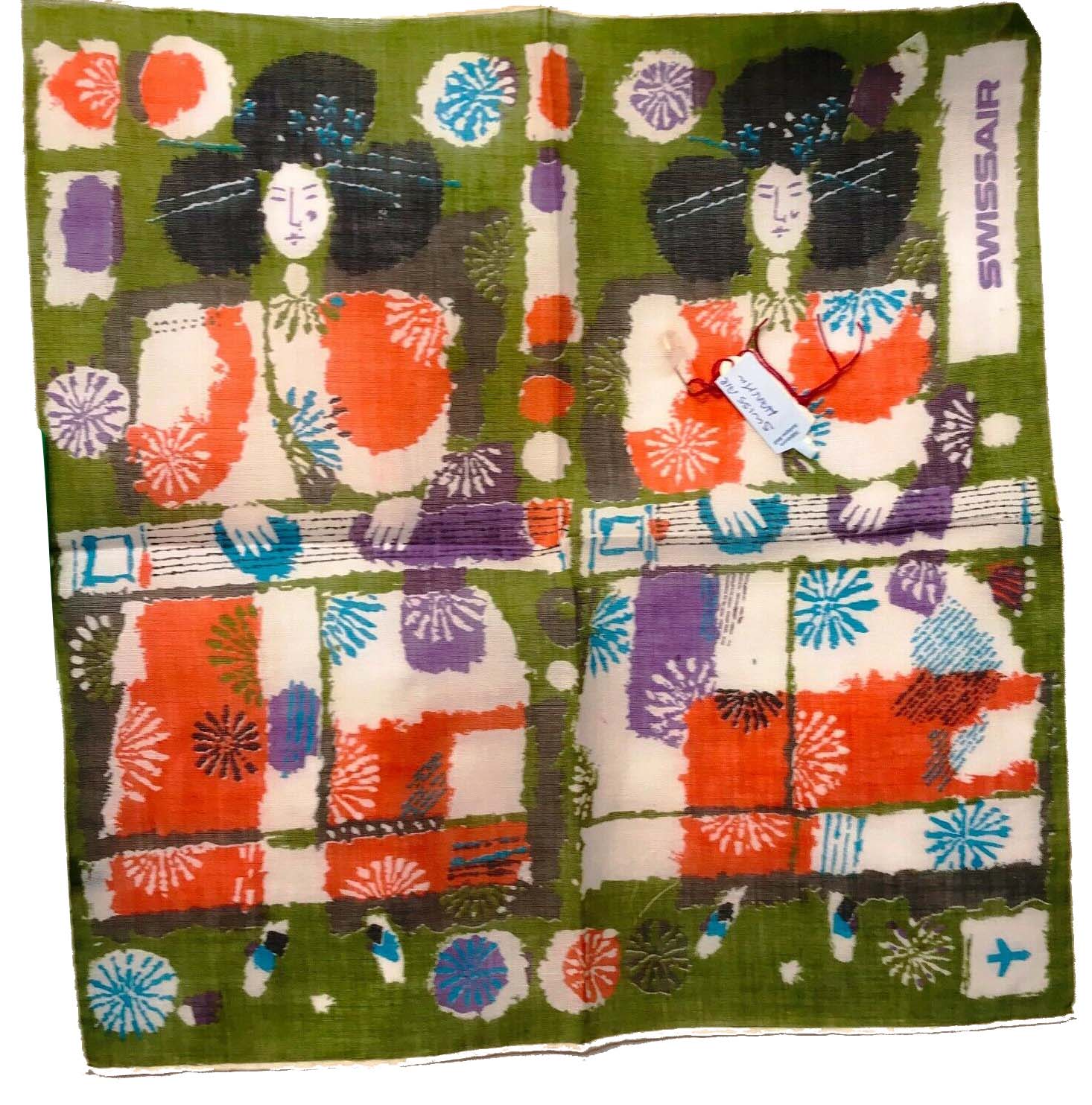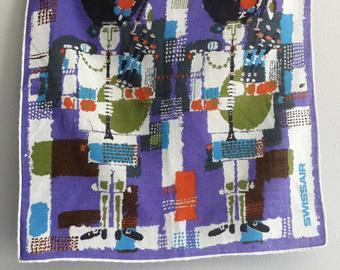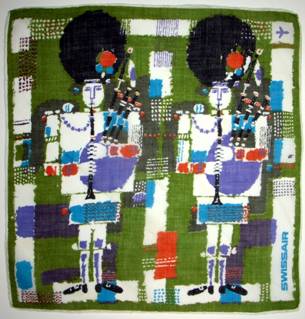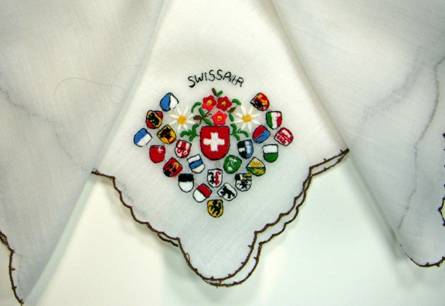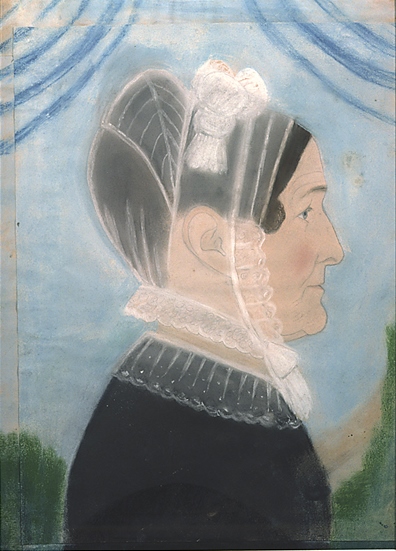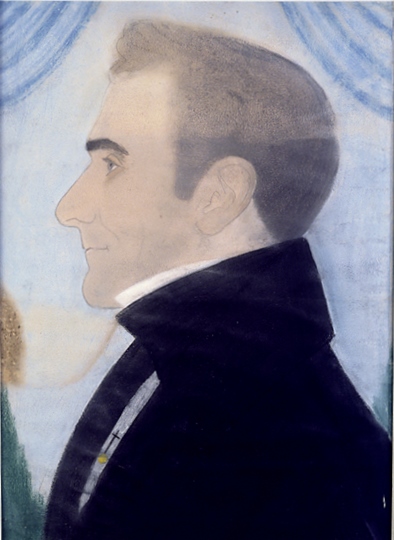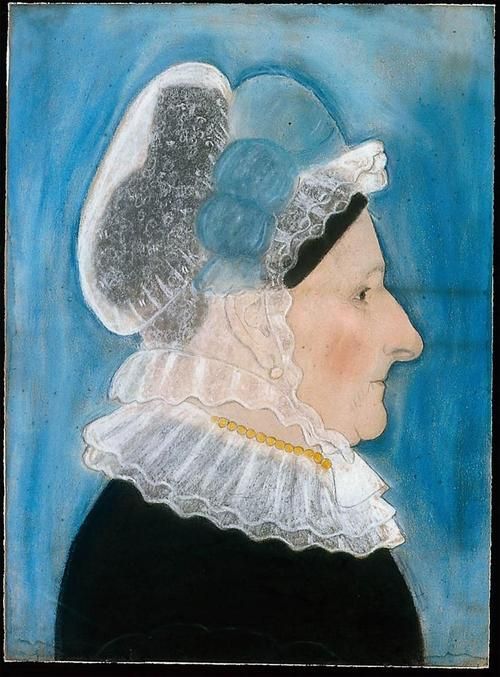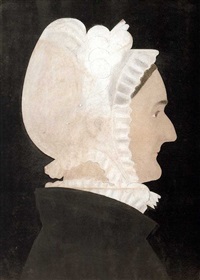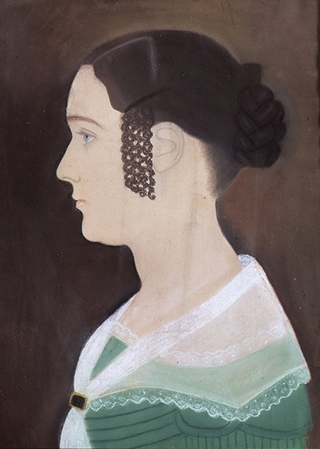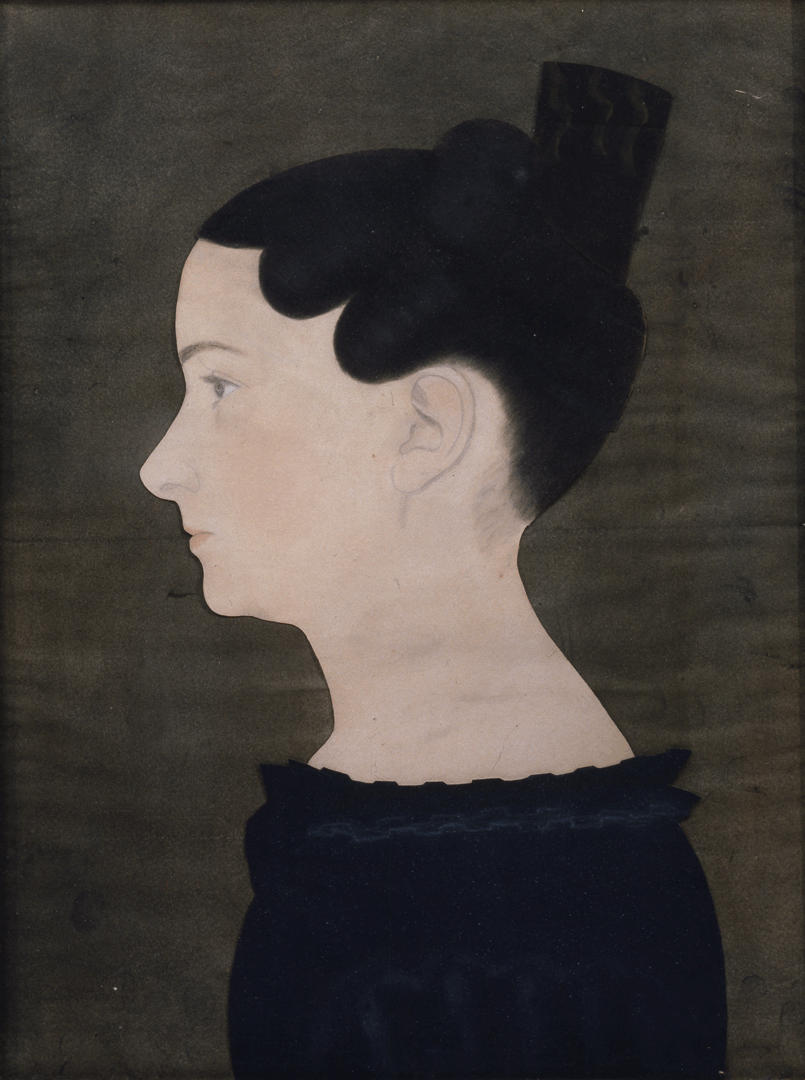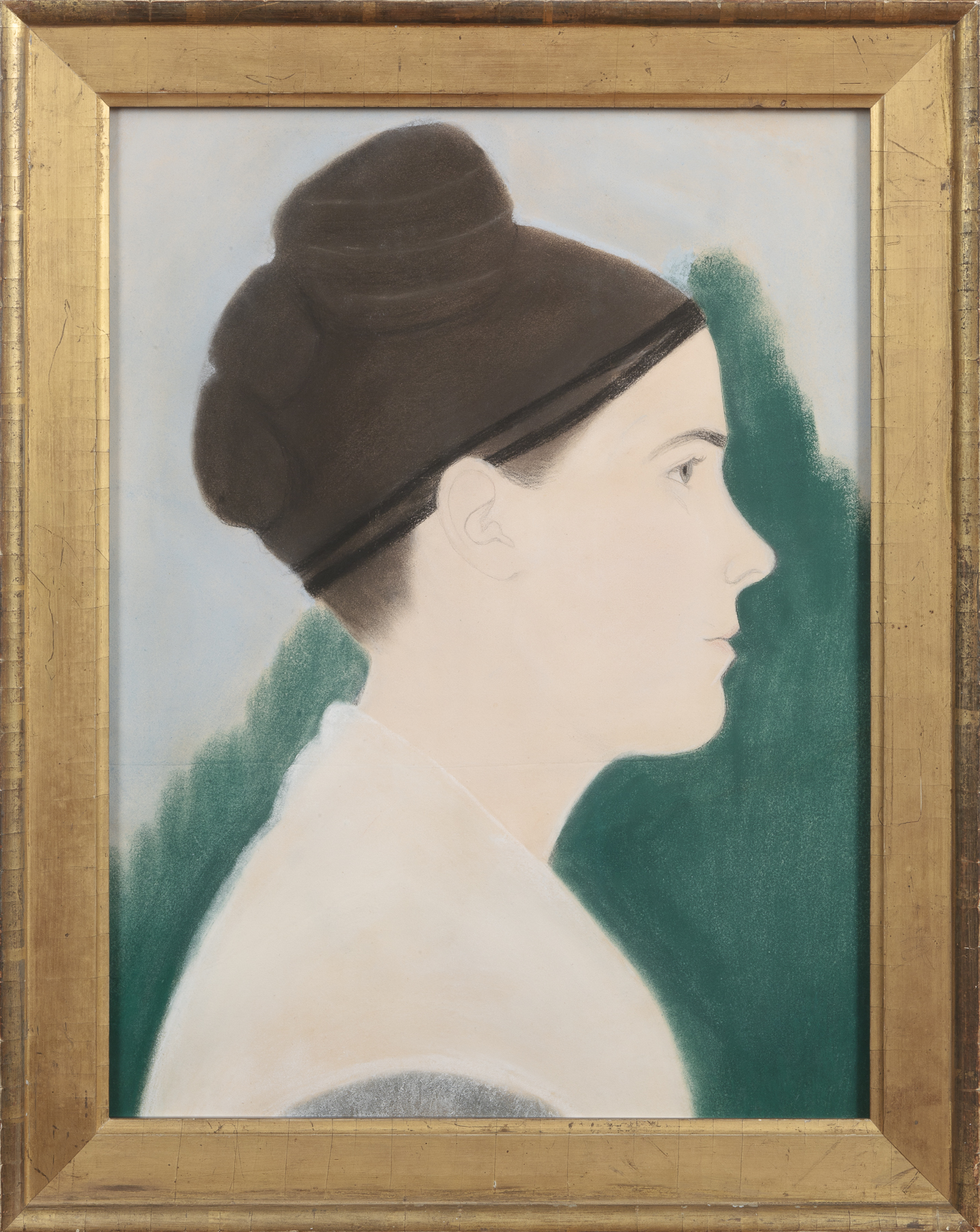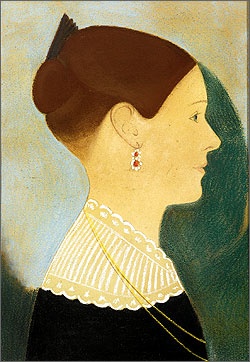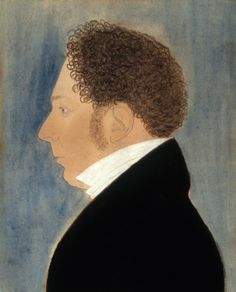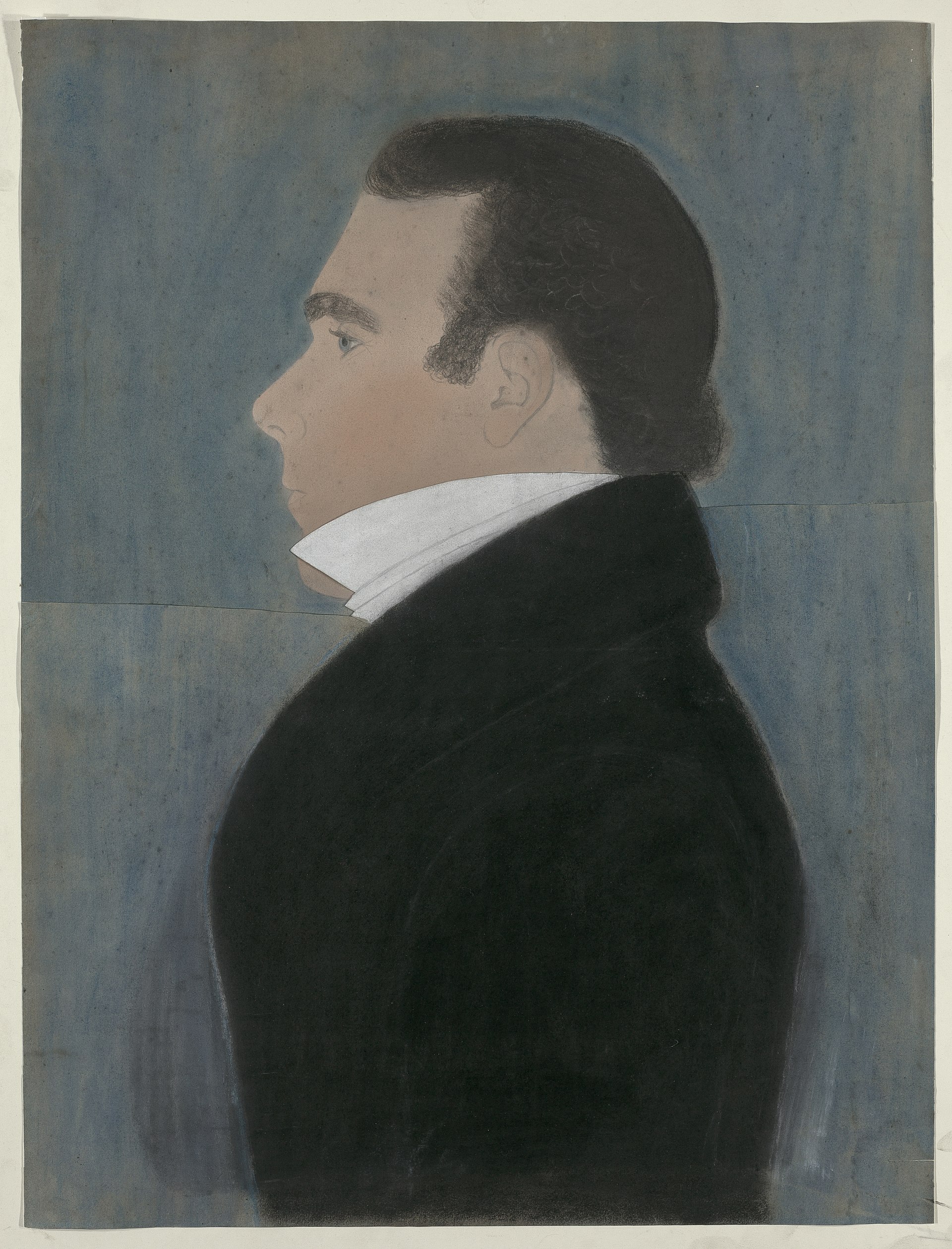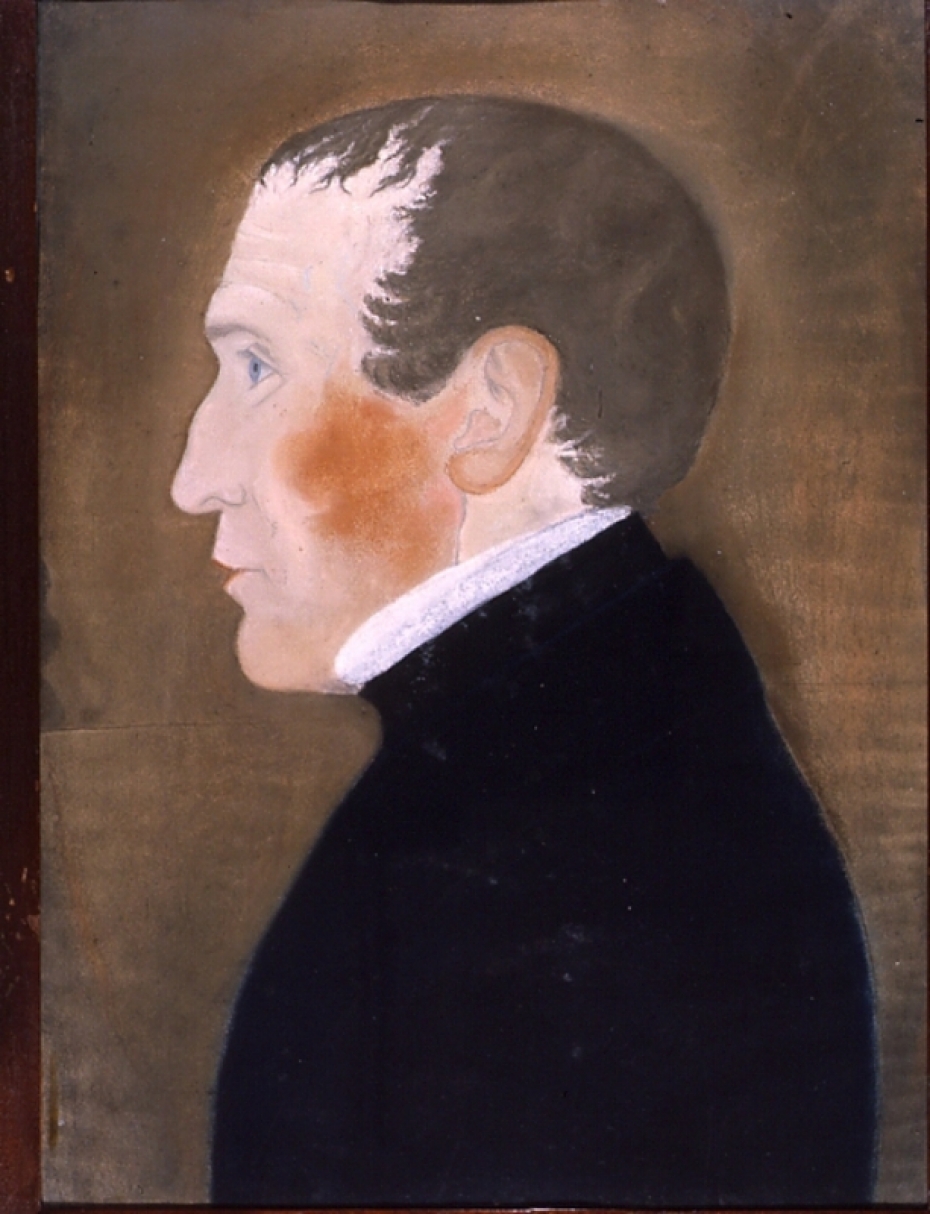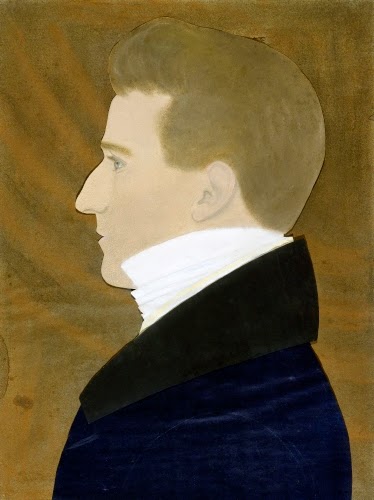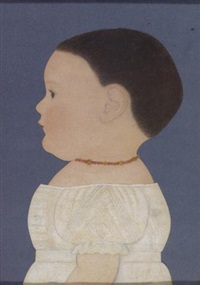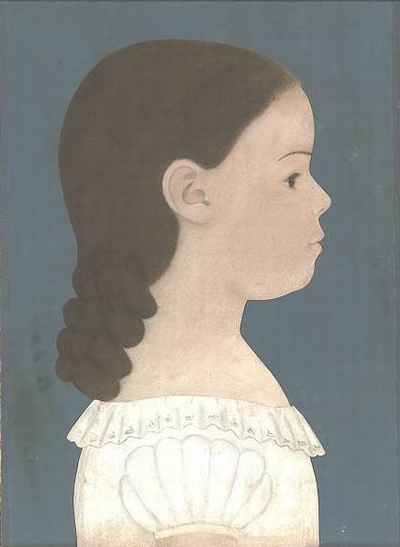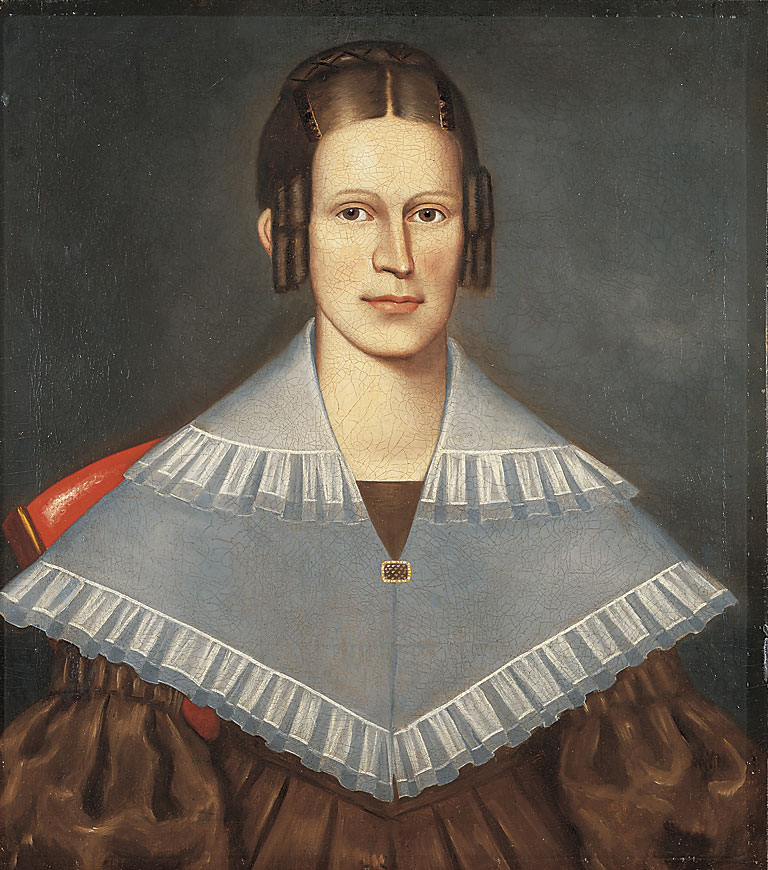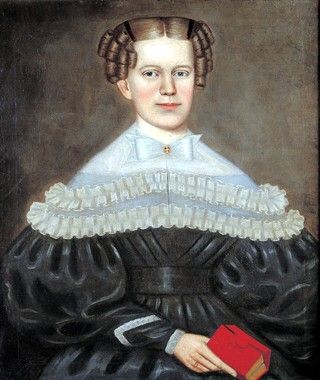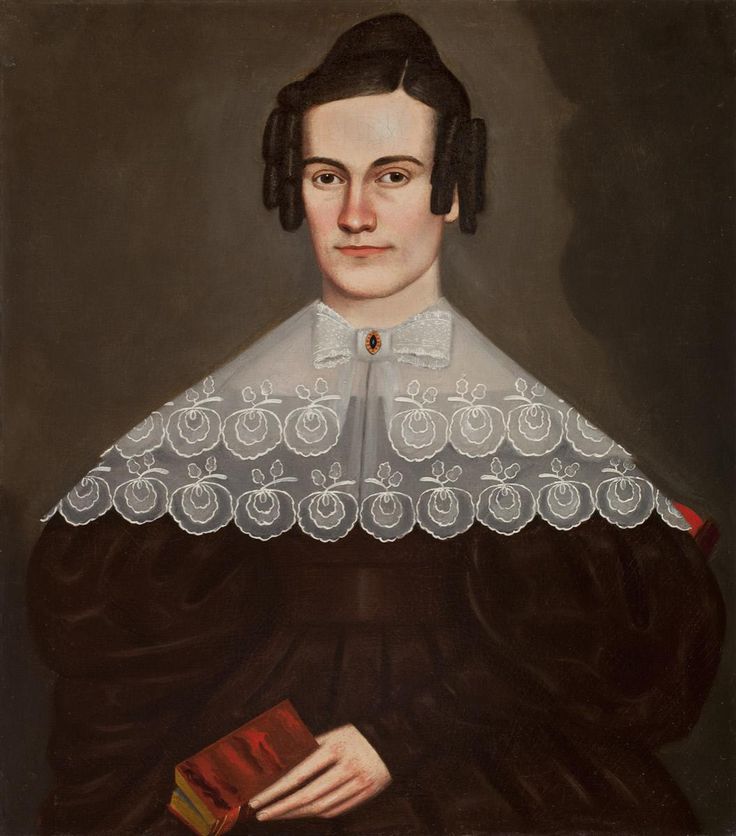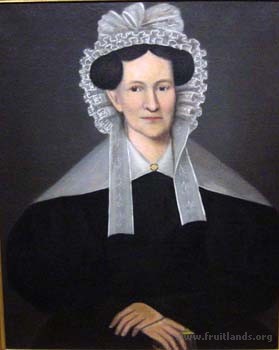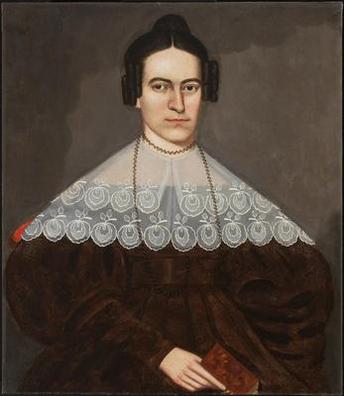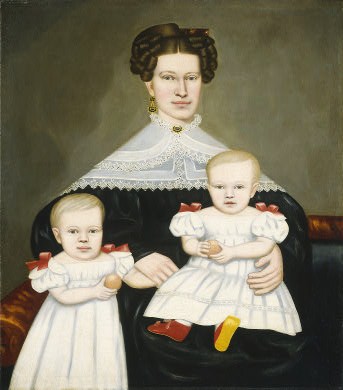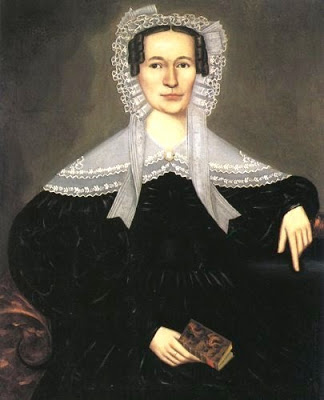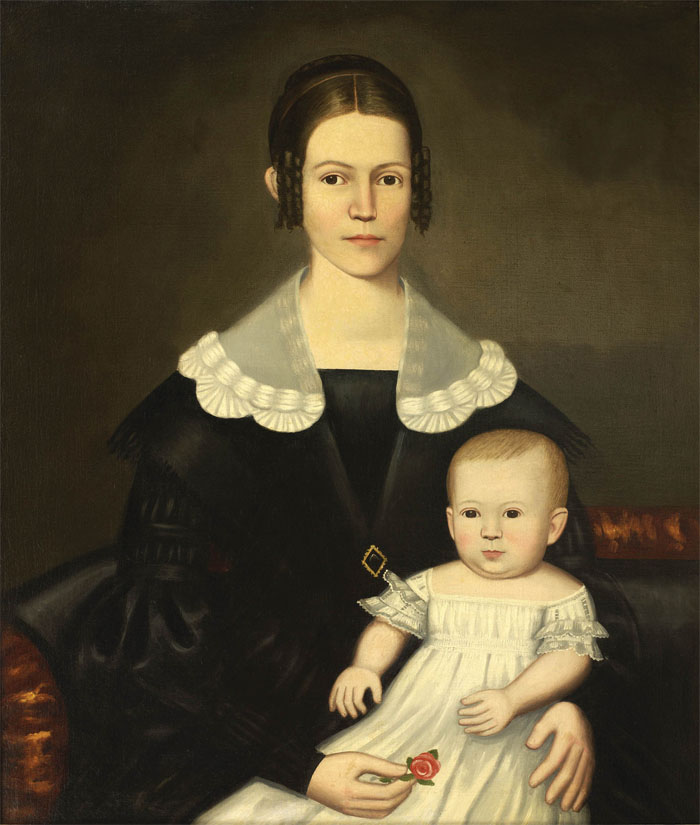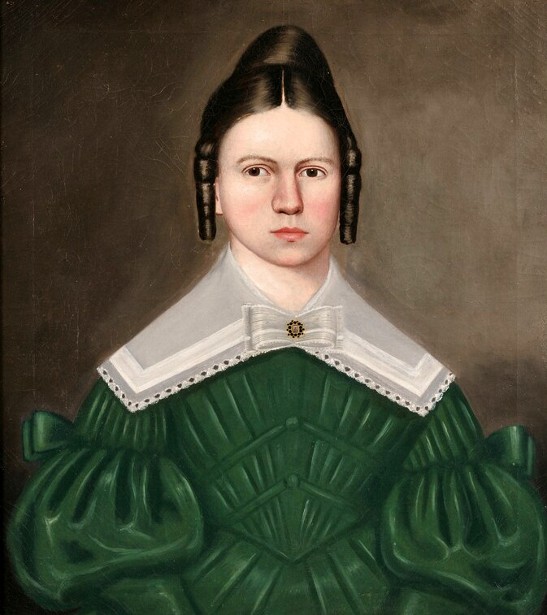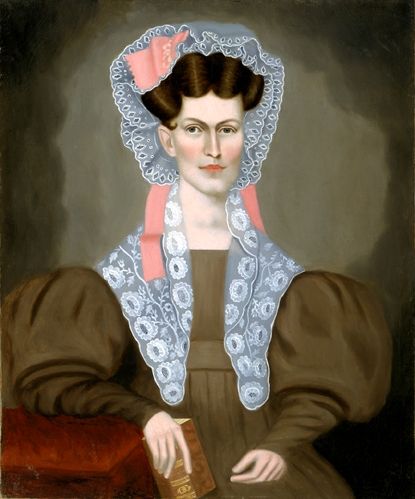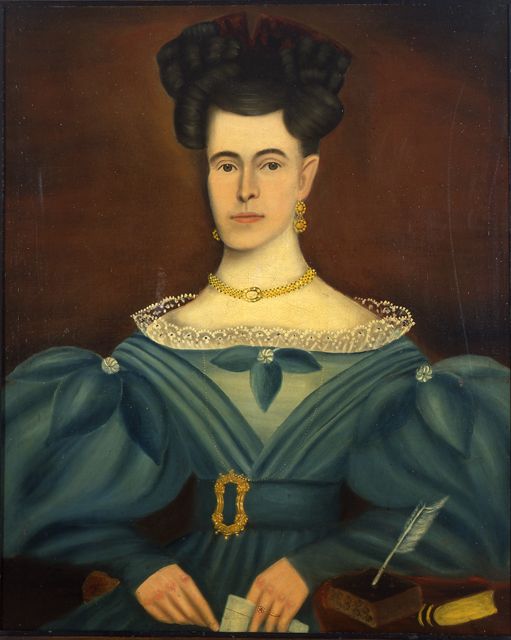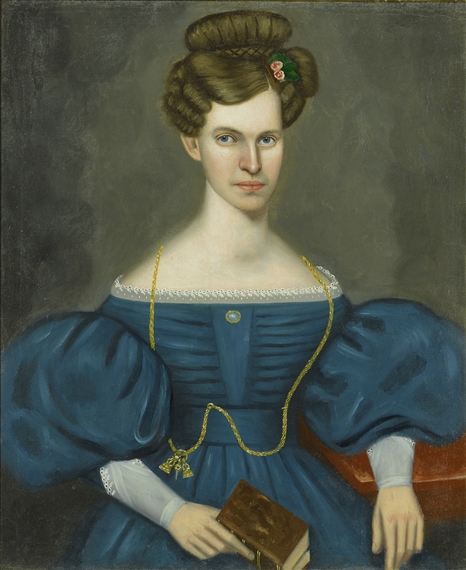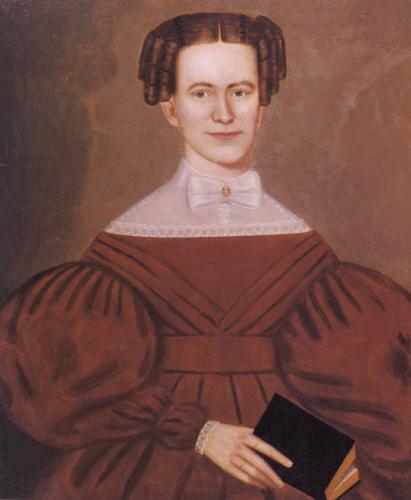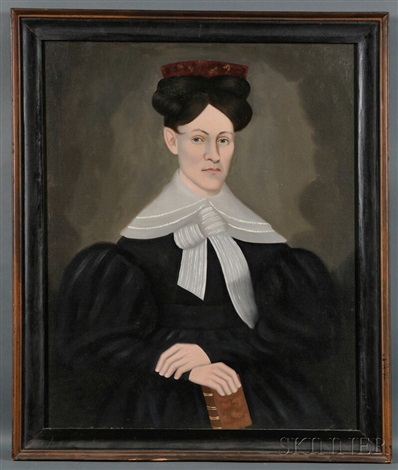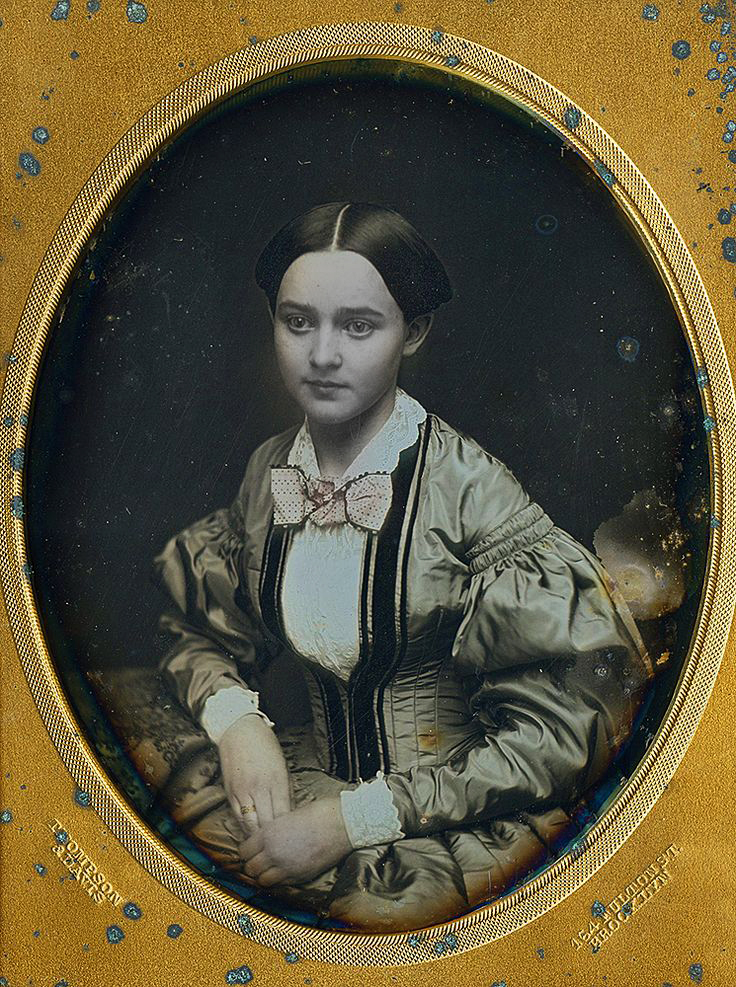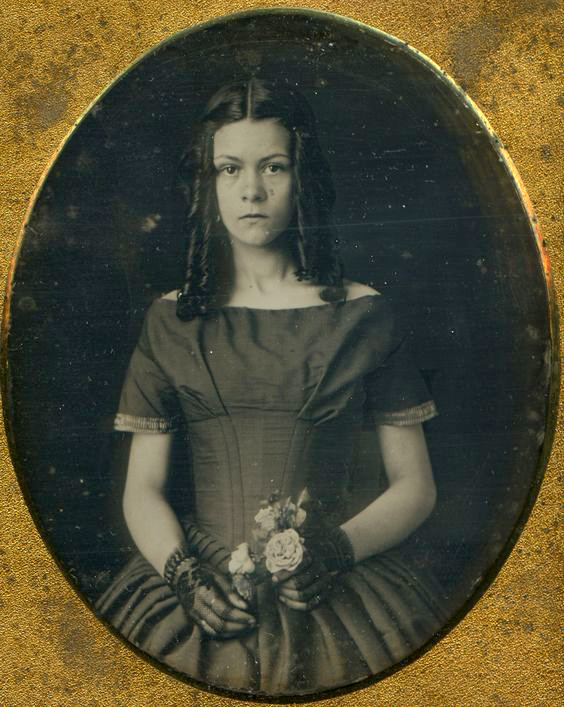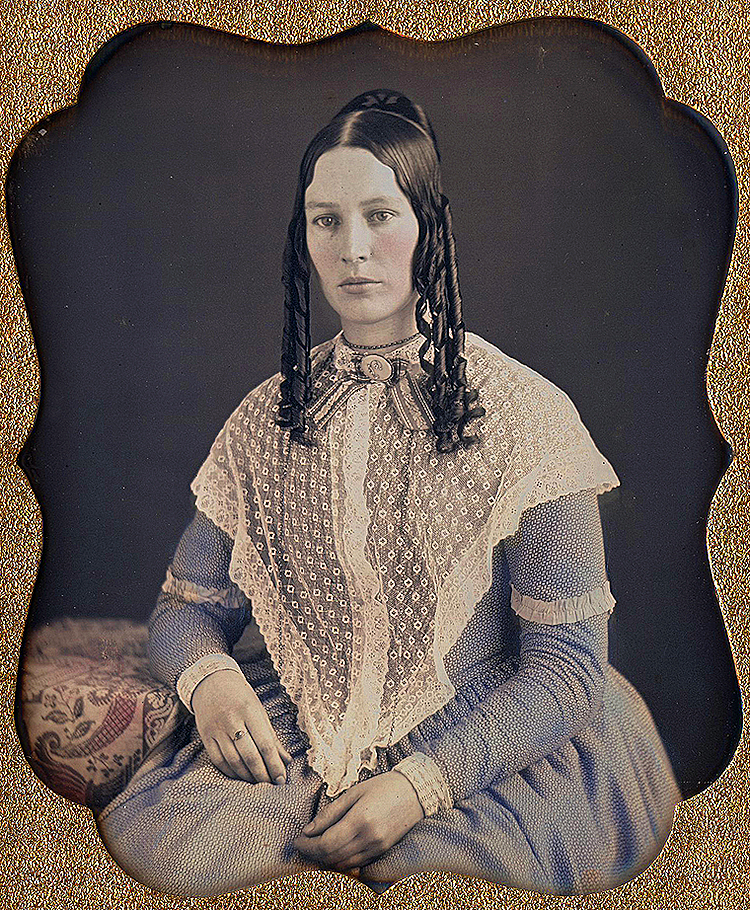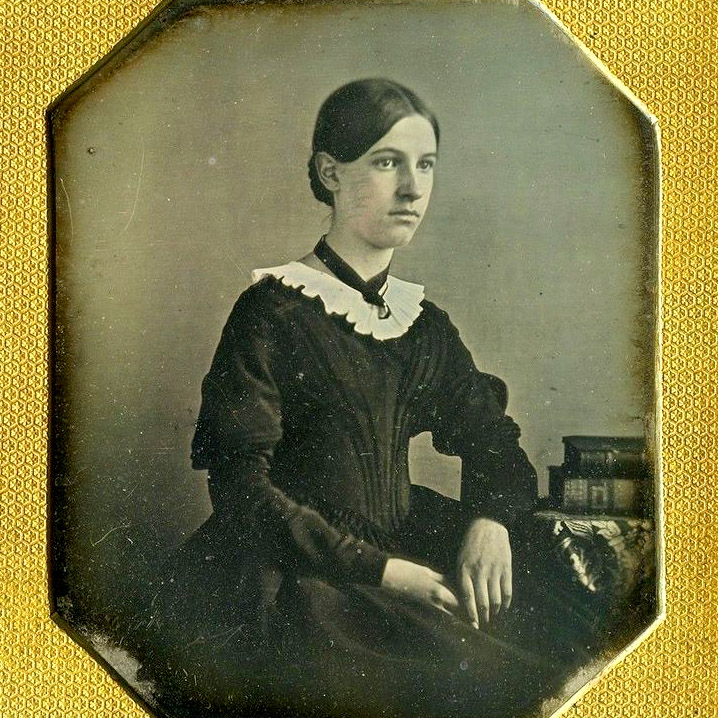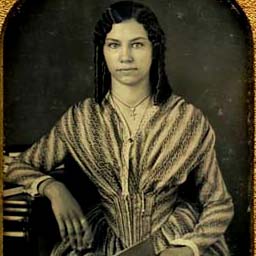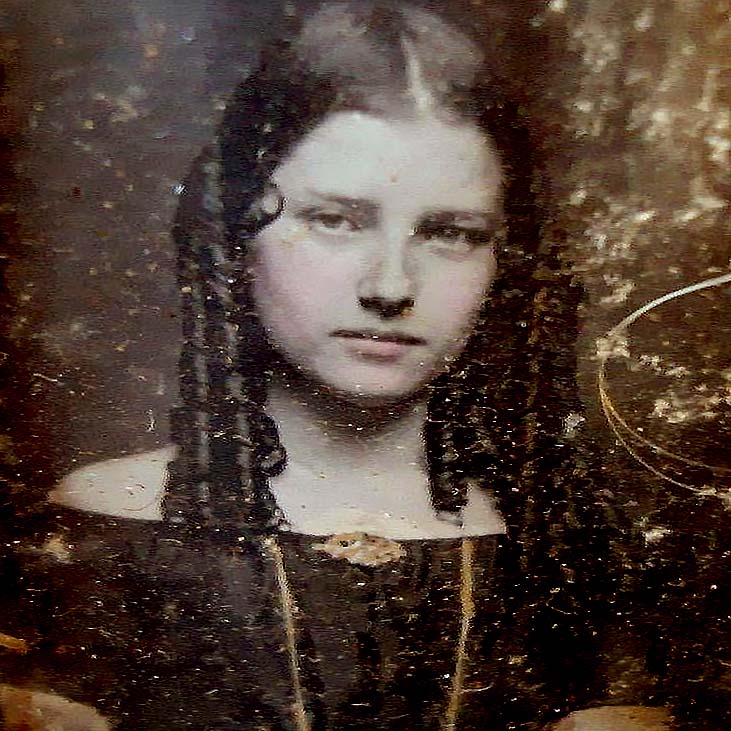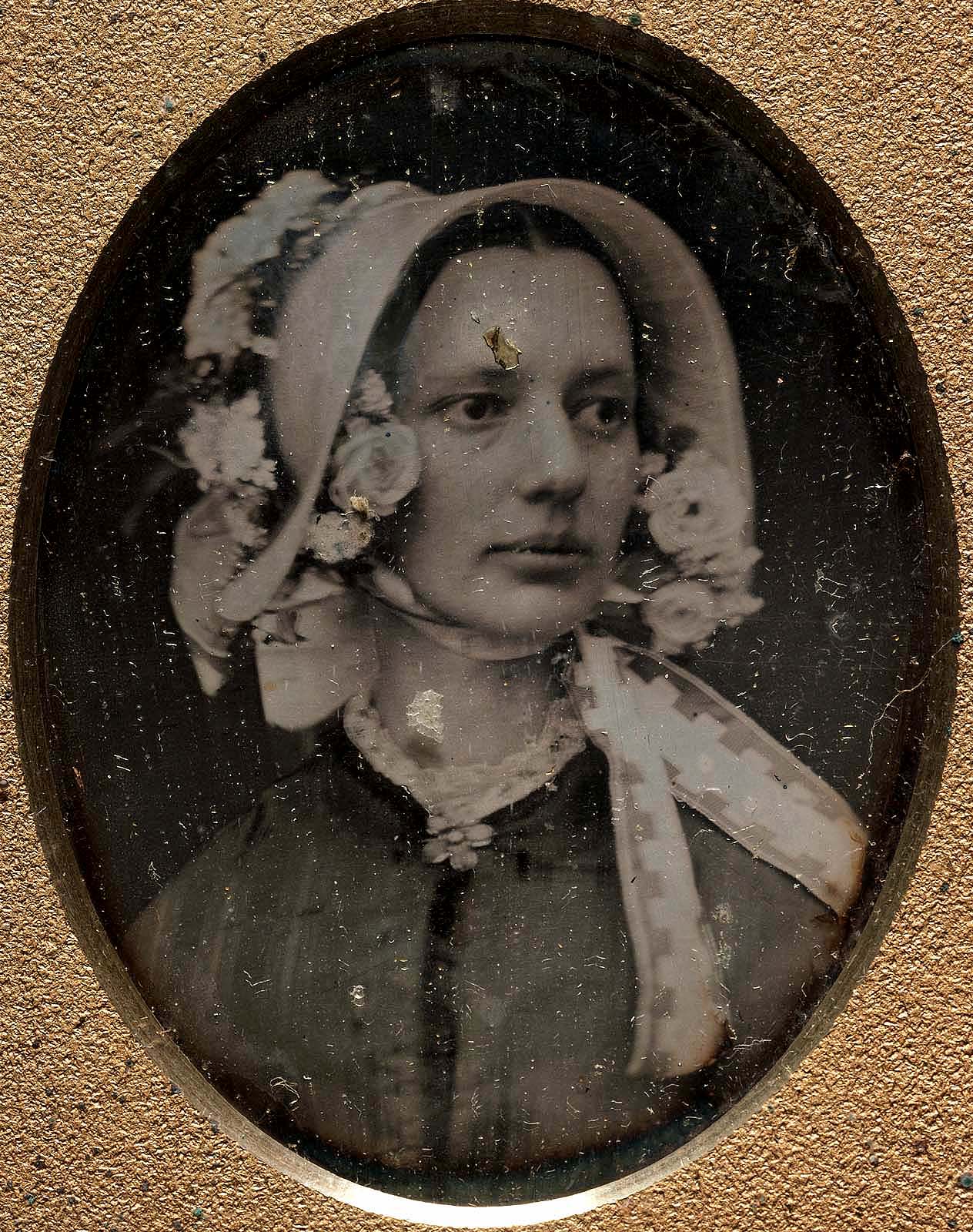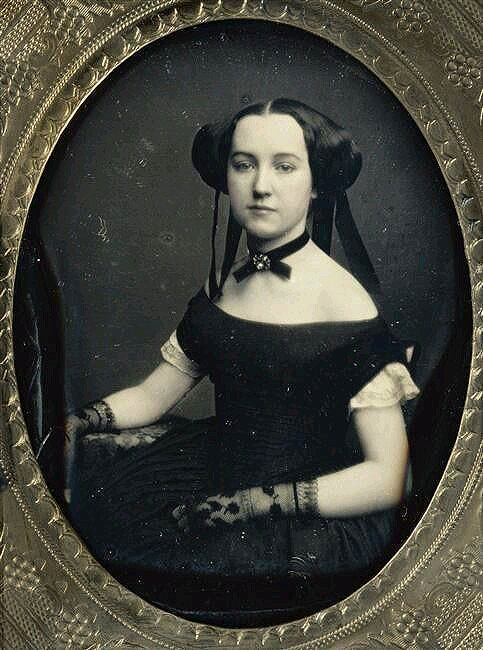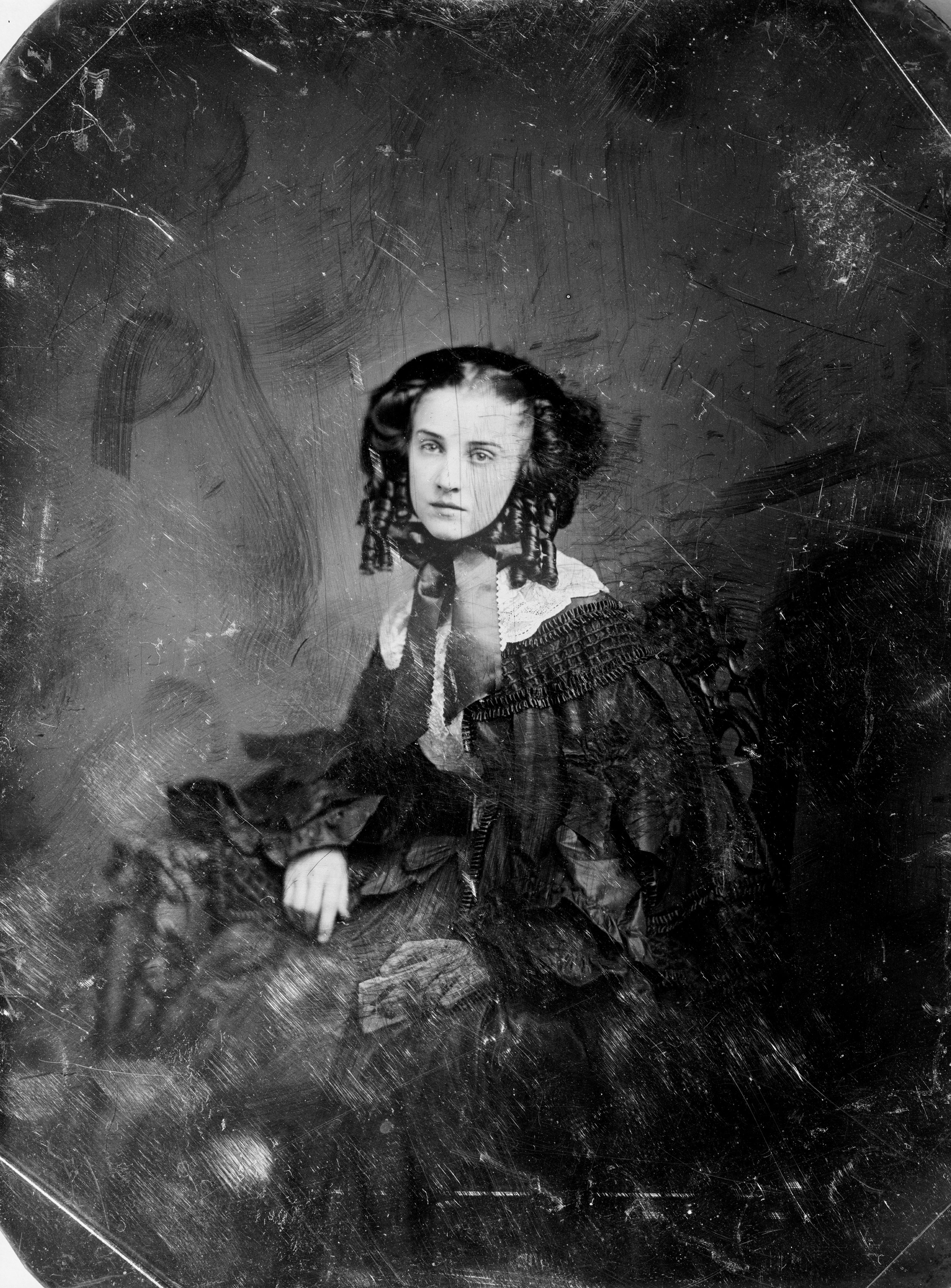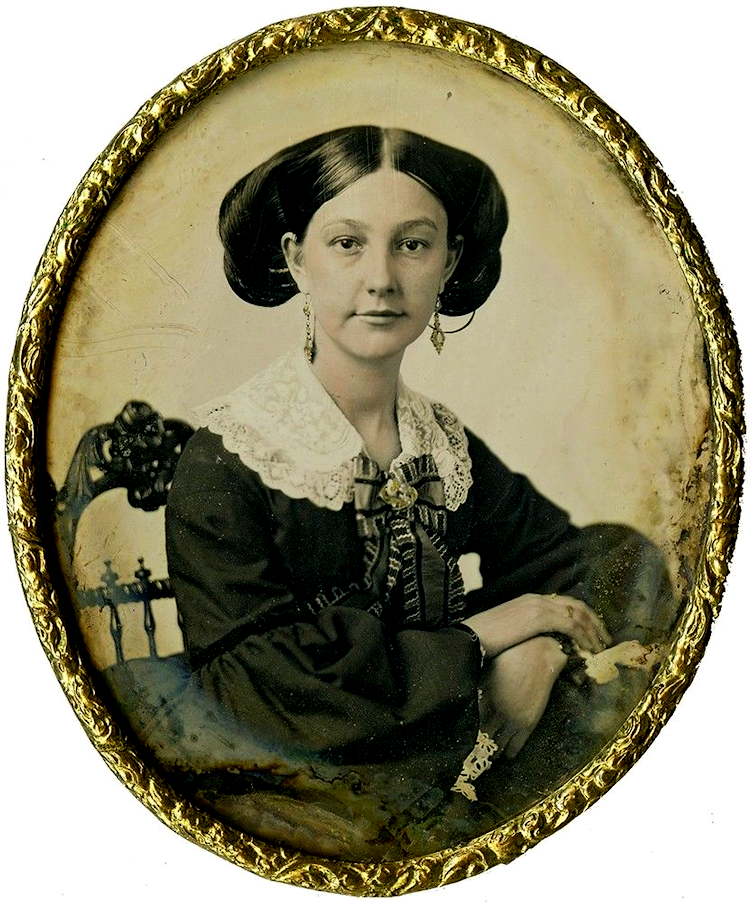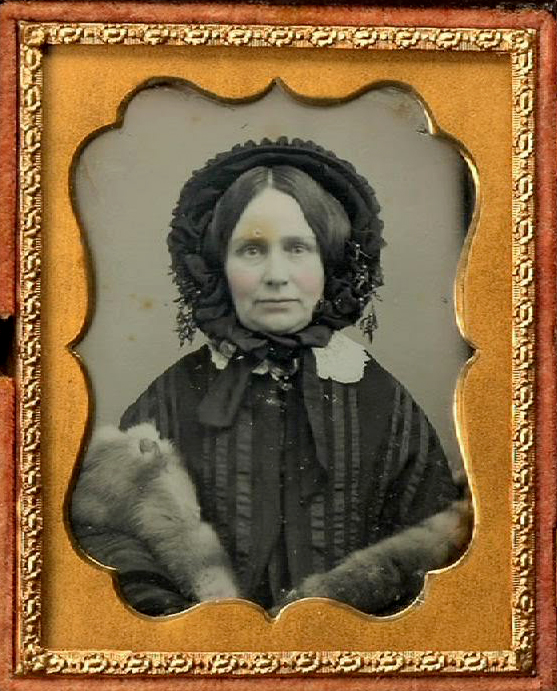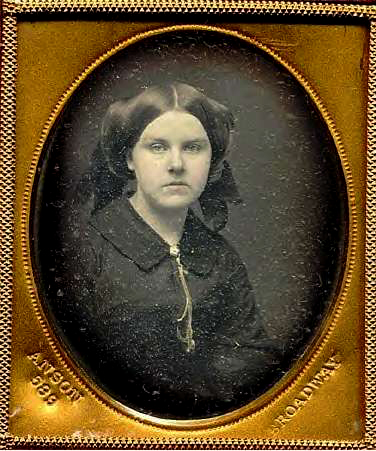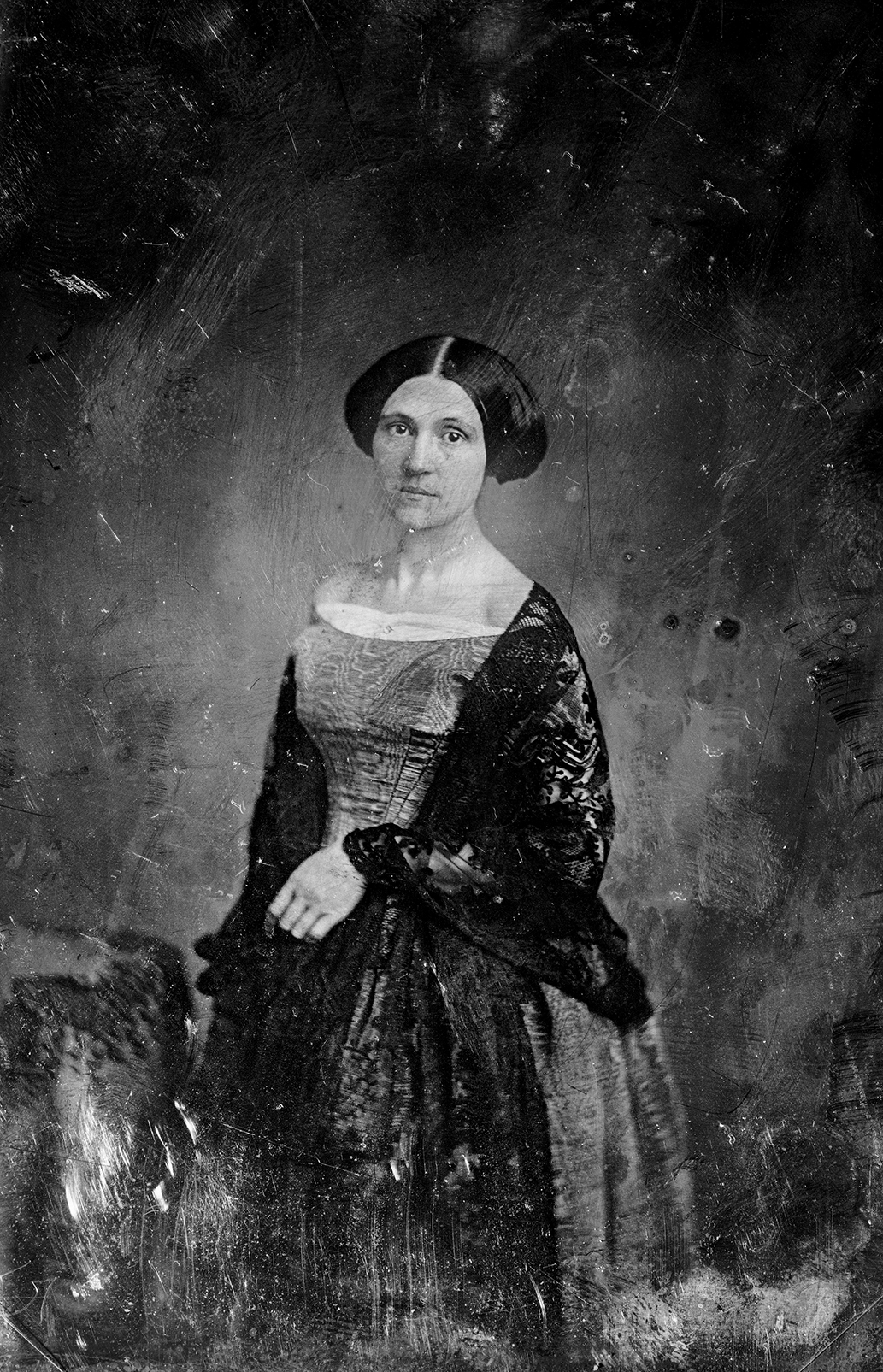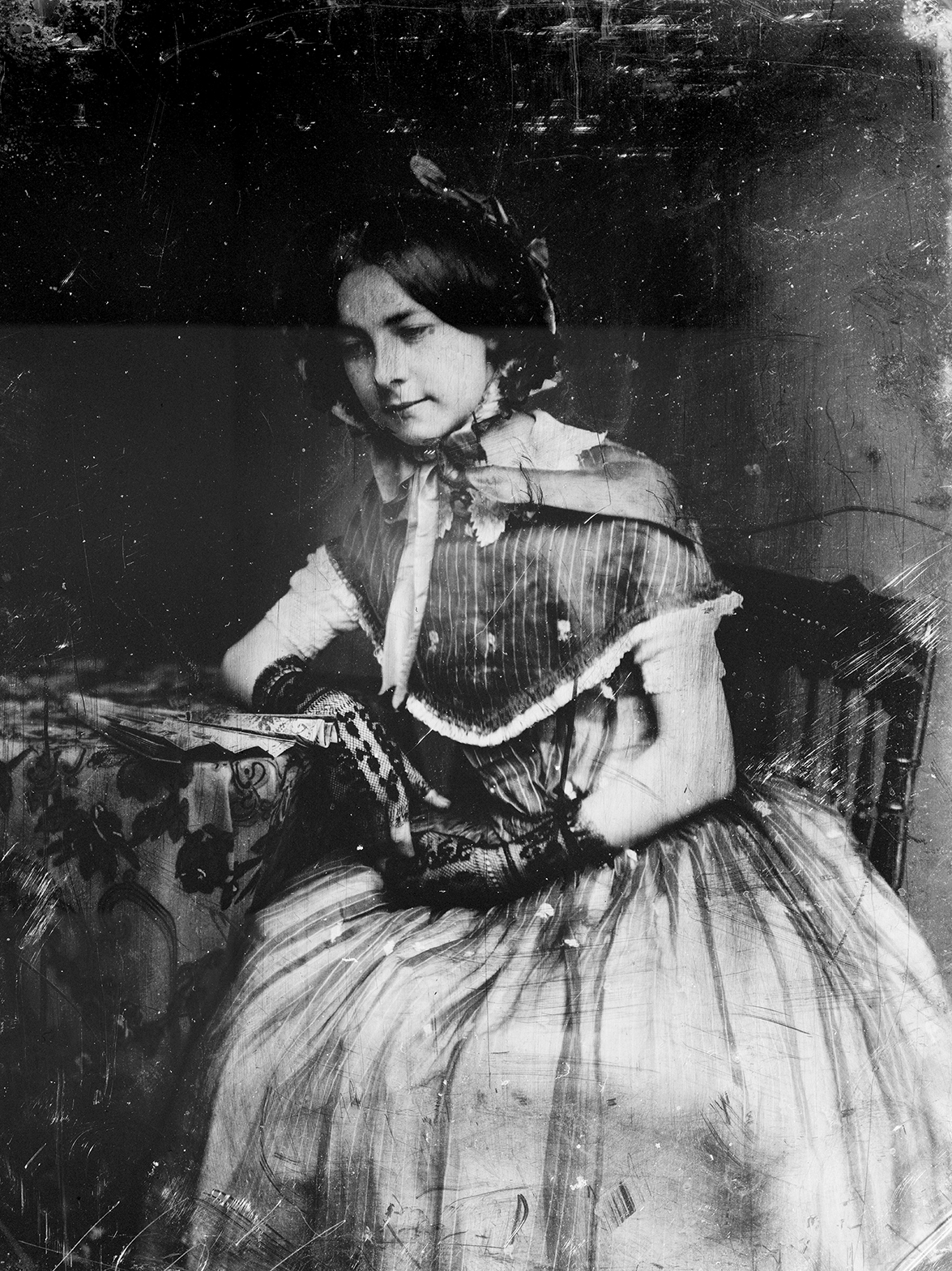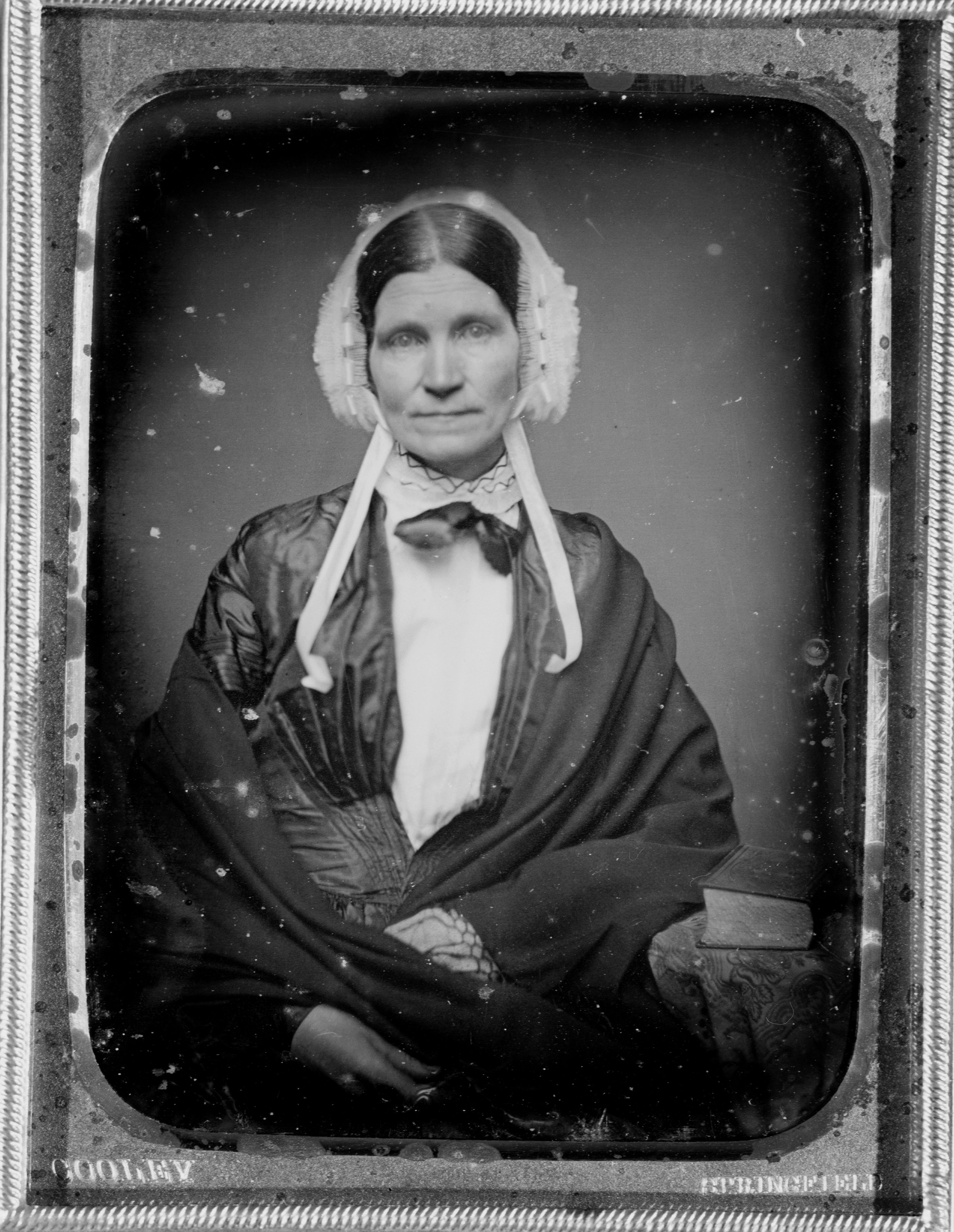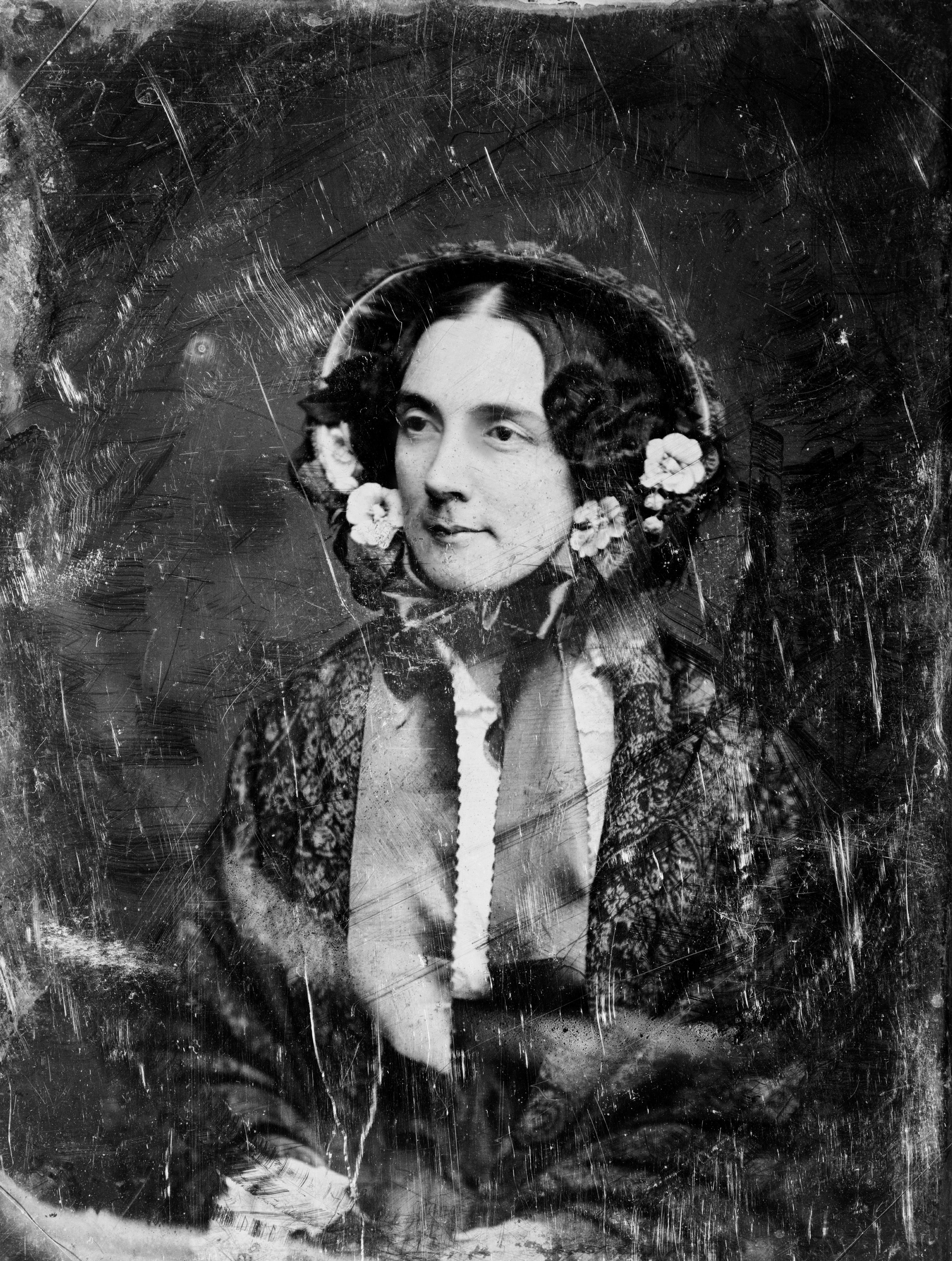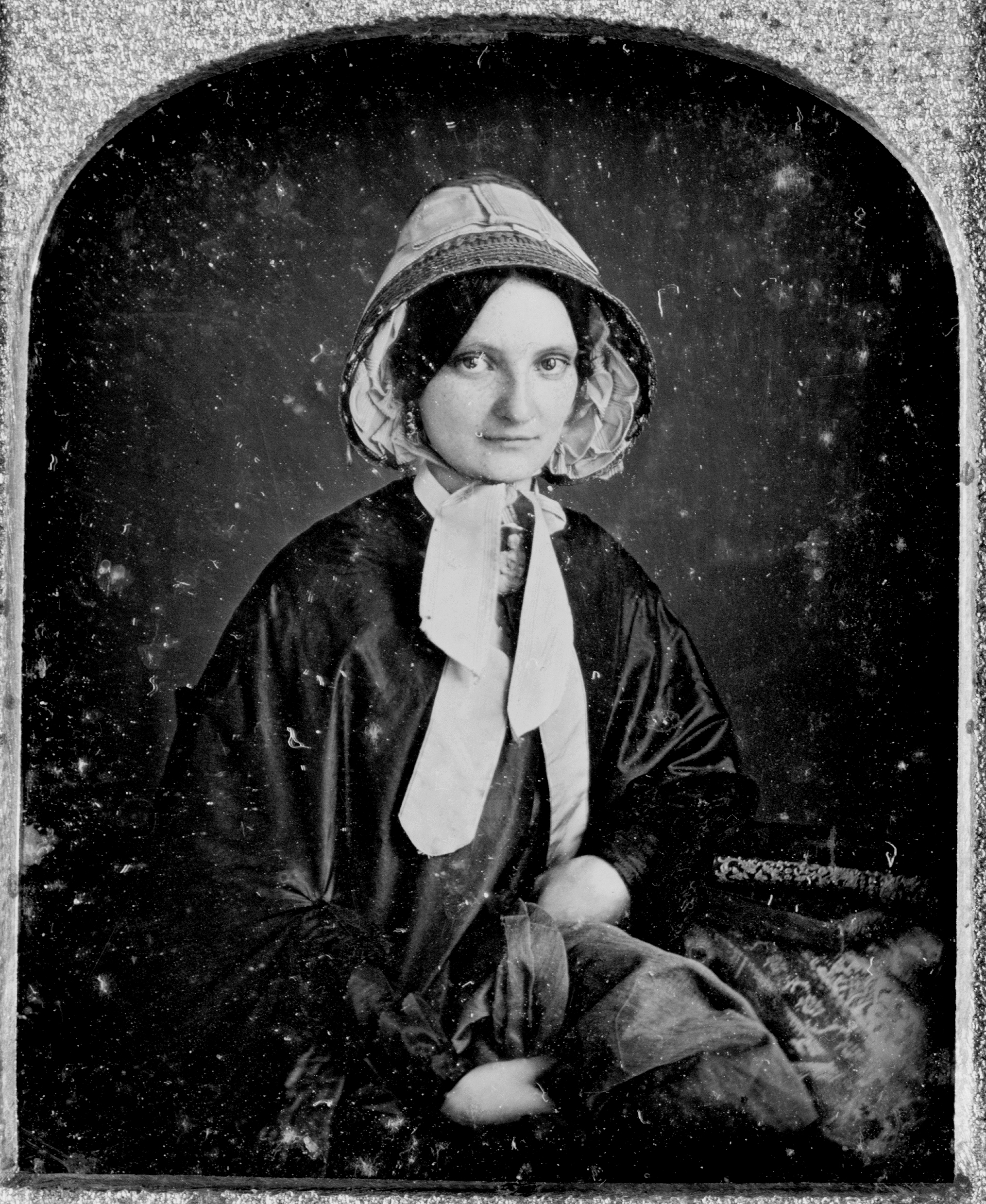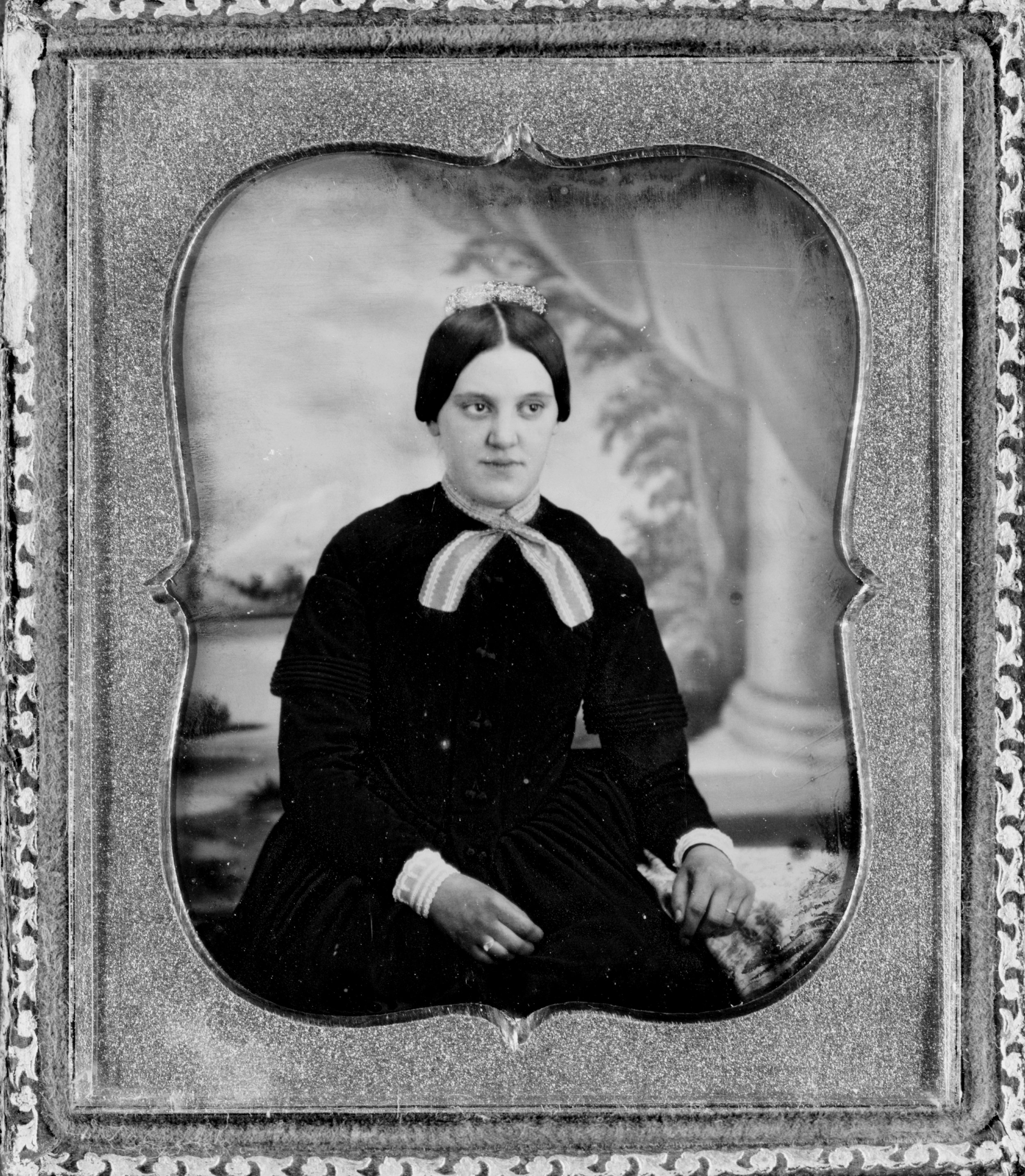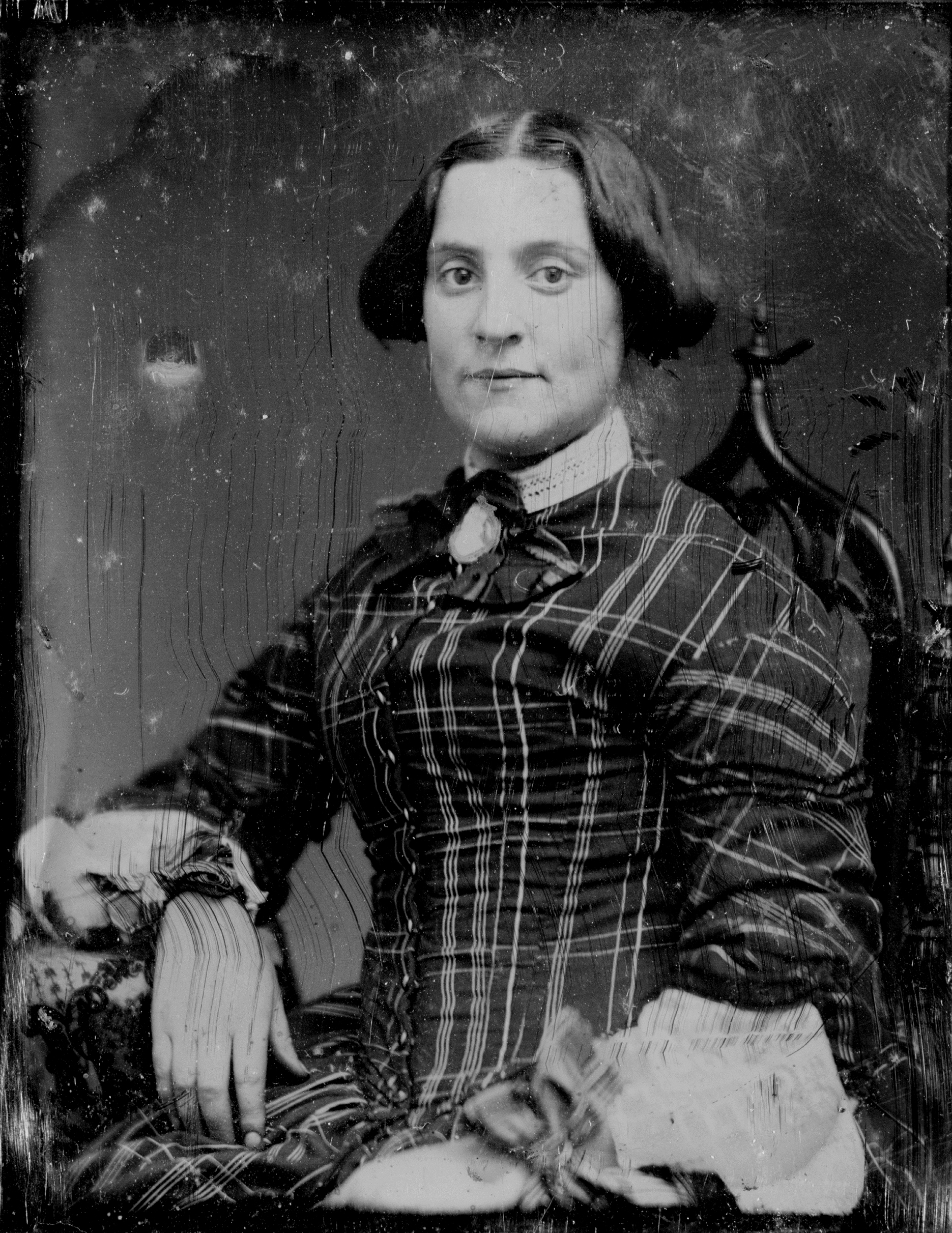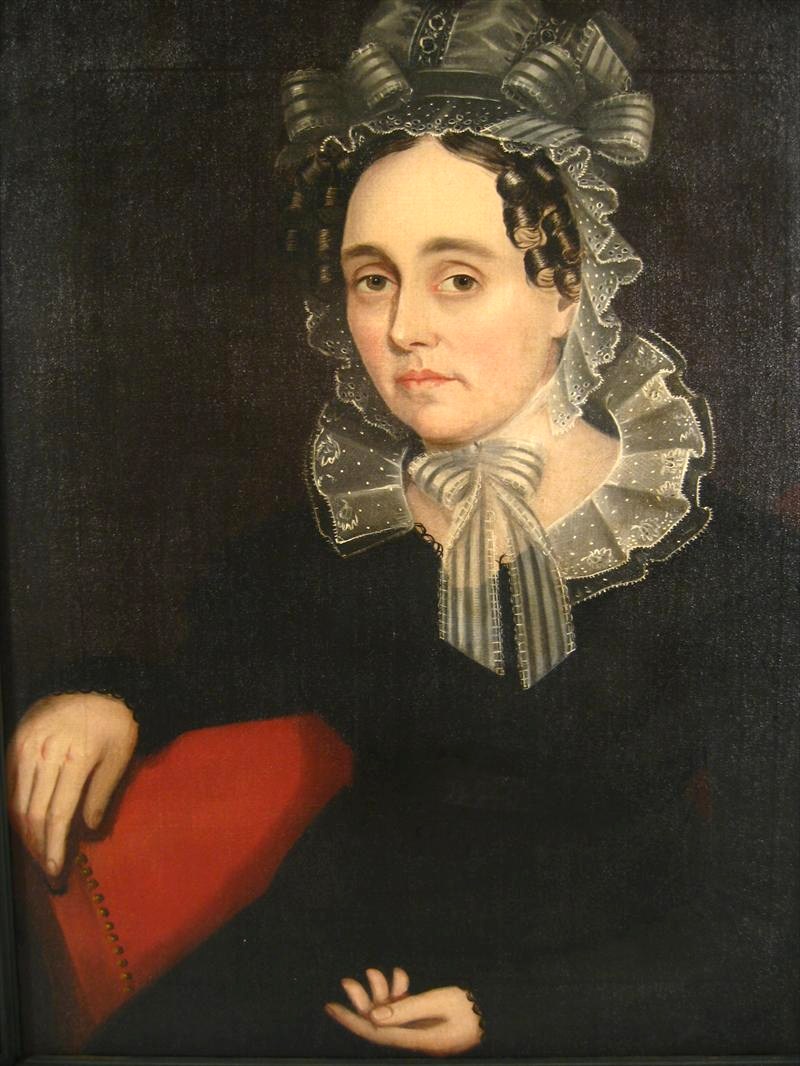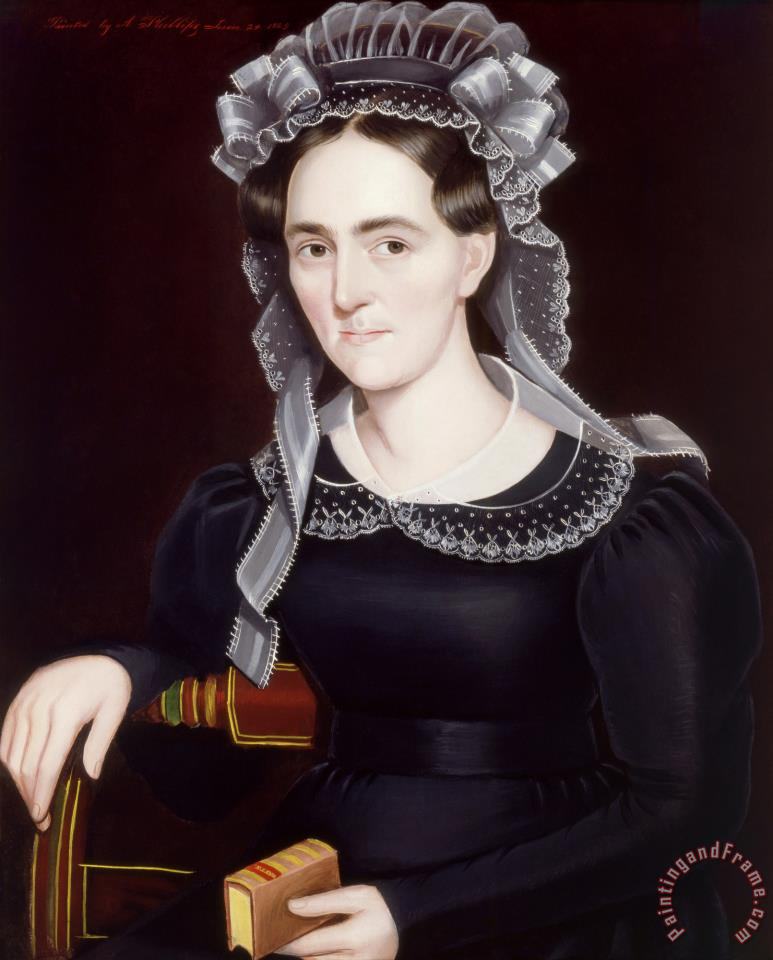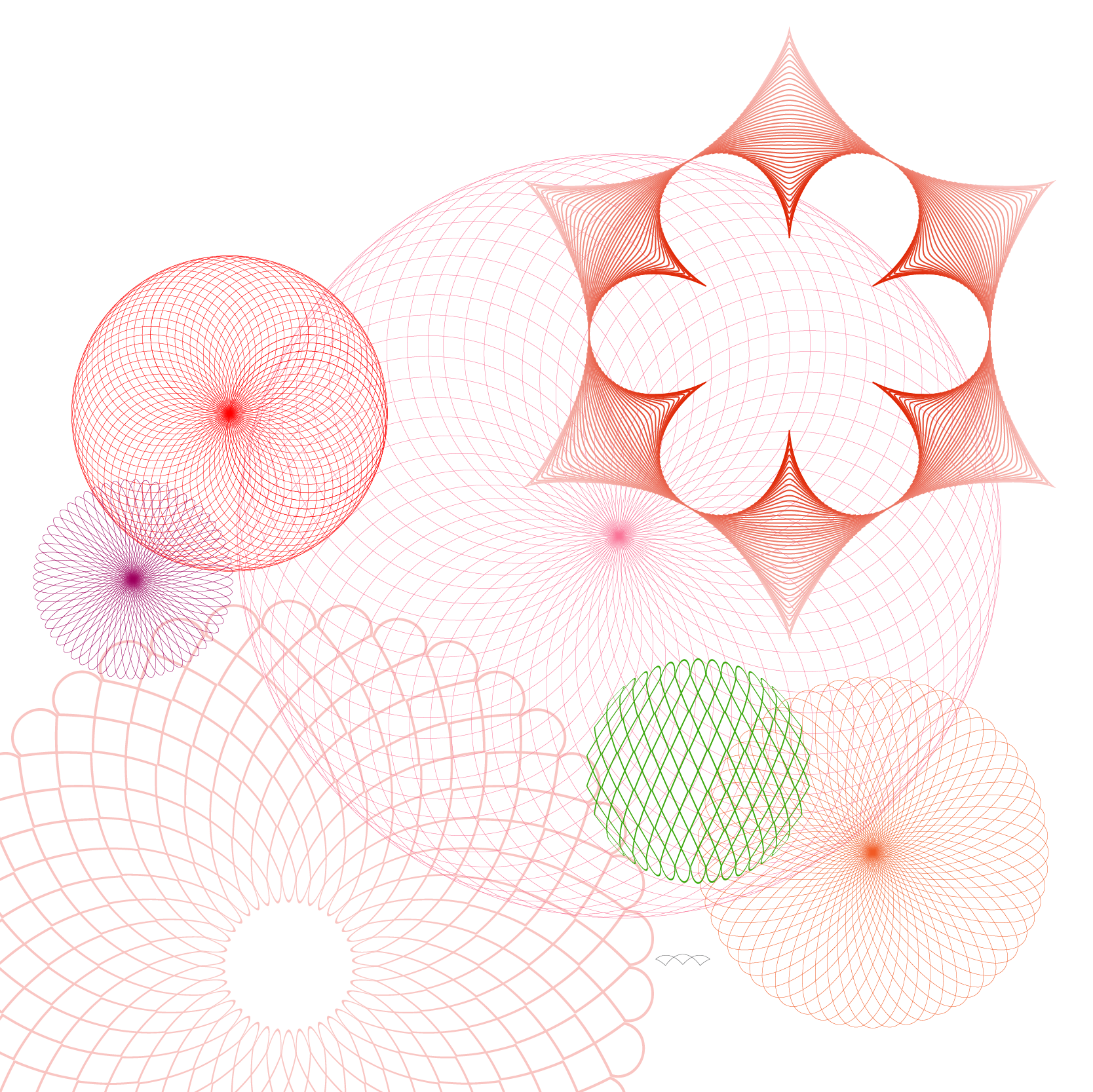We were back at the Cornell Companion Animal Hospital getting the full experience from the amazing scene of the waiting room with animals of every shape and size, breed and age, with their handlers who reflected the same spectrum. It is always very exciting and funny. Truly, I could sit there a day a week for the happy factor. Dog people want to hang with other dog people. It’s i a great place to make life long dog friends and share the love of dogs, their companionship and quirks, and the import they have in our lives.
Rob and I were shuttled into another one of the holding rooms to wait, and then spend time with our bully boy. He blazed into this space, tail twitching, ears up—fully alert and delighted to see his people—who are two poles of electricity—-his alpha and his beta—and he is the charge in-between. For Mitch, black and white is nice, but there is a lovely spectrum of grey. And so, we decided to take him home. No doubts about it. If we could have a little more time of lake breezes and long drinks, of snapping at bugs and sleeping on a puff—then we will take it.
So, armed with a plastic bag of meds and a magical punch list of what, when, how—we took our little prancing boy to the car on a rainbow leash. He was ecstatic. And, in the Cassetti tradition of, “you do well at the doctor, there is a treat”—Mitch got a full order of hot chicken nuggets which, after not eating his whole time in the hospital was heaven— which he (Mr, Temperature Sensitive) inhaled— smacking his lips and snapping his jaws. And so it began. He is so, so happy. Rubbing his head against us. Sleeping on his puff with all four legs in the air. Drinking heartily from the tub faucet—breathing in energy wherever it is.
My thinking is that time with our guy — who is living off the standard for his kidneys, every day is a gift. My job is to run the best canine hospice for our brave boy, and let him savor the tings he loves. So, food is whatever he eats. There are drives. Everyday, our drive to the lake (normally a 12-15 minute drive) is 45 minutes to an hour with the windows open, frequent stops to inhale to fragrances and smells. Oh my goodness, the smells. He absolutely drinks it in—tongue out, swiping at the essence of fresh grass, or flowering milkweed. Standing still—with the car still as well—-hearing the sounds, watching the birds and tasting the country.
Our first night of our long drive through the countryside— we drove through a light rain in a brilliant blue sky summer day. Sunbeams in the rain. My tears despite Mitch’s mindfulness. “ Look at what we have now, Q.” is his encouragement. And so, I turned off the radio and stopped the car to smell the cut grass and flowers in the air. To confirm this—we pullled onto the road that is populated with an Amish school and several farms. I saw two young amish boys…maybe 5 or 6 years old…I only saw heads/hats and their shoulders until they emerged out of field—with one boy in an electric wheelchair pulling his friend in a little wagon. They were in the moment, taking advantage of what they had—and not mourning what they could have or be. They exuded life and joy. “Learn from that Q.”, Mitch reminds me.
He is drinking robustly but being fussy about eating. I got a big talk from the Vet about dog food…and though I have done all of that, he turns his nose up. So, I am nurse in charge at hospice…pushing the pills and giving him food he will eat. It may not be the perfect medical solution, but he is eating….and that gives both of us pleasure.
Mitch is still here. Waning, but fiercely still here. And I will be here for him until it’s time.


